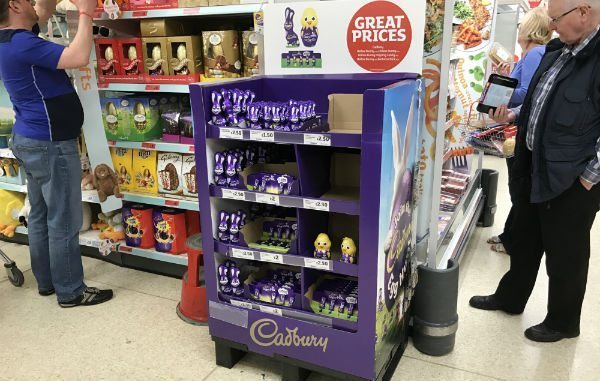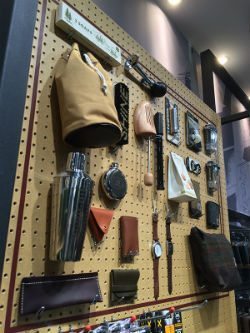POS Material Options for the Design of your Displays
When selecting materials for your store displays you have several different options available. Each material has its own pros and cons and selecting the proper material involves knowing what material works best for the POS displays purpose and for your brand. Here is a brief overview of each material and various uses.
 Woods
Woods
- Natural: is a good material for a POS unit. It’s strong and sturdy and adds a touch of class. It is commonly used for high-end displays with beverages being a commonly displayed good.
- Engineered: is a composite material that contains real wood components. It offers many of the advantages of natural wood but is lighter in weight. One disadvantage is it is more susceptible to humidity if the display has not been made correctly.
Plastics
- PETG: is a strong and affordable material that is also long lasting. However, despite its durability, it is easy to scratch and can have a slight tint to it. It’s best suited for displays that customers interact with due to its strength.
- Acrylics: displays made out of acrylics are easy to polish and have a quality feel. Cons include brittleness and ease of breaking. Suitable for displays that customers do not interact with much.
- Polycarbonate: is a hard clear material that is similar to acrylic. Where polycarbonate differs is that it is far more flexible, resistant to heat, and you can drill holes into it for display assembly without cracking it.
- Silicone: is commonly found in displays that make use of full wrap around art. Silicone allows the use of edge graphics where the whole display can be used for graphics.
Metals
- Aluminium: is a durable metal that you will often find used to construct display stands. Lightweight and easy to assemble aluminium is an excellent choice for a display making use of metal.
- Brass: is chiefly used as an accent piece. Much like when it’s used in a residence brass adds a touch of timeless class to a display. Brass does not tarnish but it does need occasional cleaning to look itsbest.

- Steel: is used in much the same way as aluminium is in displays. The key difference is steel is less flexible and heavier but is stronger and more resistant to heat and weight.
- Copper: like brass copper is often used as an accent piece in more high-end displays you will often see it paired with wood and/or glass to create a classic look. Easy to shape and resistant to corrosion copper needs only occasional cleaning.
Other Materials Used In POS / POP Displays

- Glass: is often a component found is display cases. These types of POS displays are useful for displaying or storing high end or high-quality goods. In many cases, they are used to showcase featured goods.
- Paper: is used for short-term displays and often in conjunction with cardboard. A versatile material paper allows you to print handouts, coupons, flyers, and other take-home materials for customers.
- Cardboard: makes for sturdy in store displays that are not meant to be used long term. Cardboard displays are often used for short sales or weekly specials and can be designed using a variety of graphics.
- Environmentally Friendly (Honeycomb) Cardboard: Similar to cardboard, biodegradable and recyclable.
Conclusion
When selecting a material for a POS display you have to keep two factors in mind its purpose and its design. The experts at DisplayMode can help you design a POS display that fits your needs, goals, and also assist in selecting the design and material the display is made of. Contact DisplayMode today for more information.
 Woods
Woods